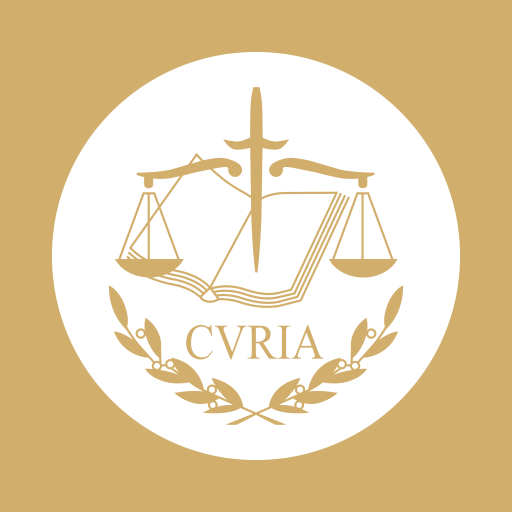
Case C‑380/12
X BV
v
Staatssecretaris van Financiën
(Request for a preliminary ruling from the Hoge Raad der Nederlanden)
(Tariff headings— Decolourising earth— Chapter 25 of the Combined Nomenclature— Tariff heading 2508— Concept of ‘washed products’— Elimination of impurities without changing the structure of the product— Chapter 38 of the Combined Nomenclature— Tariff heading 3802)
Summary— Judgment of the Court (Tenth Chamber), 23January 2014
1.Common Customs Tariff— Tariff headings— Classification of goods— Mineral products— Chapter 25 of the Combined Nomenclature — Elimination of impurities— Concept — Taking account of the inherent intended use
2.Common Customs Tariff— Tariff headings— Classification of goods— Mineral products— Chapter 25 of the Combined Nomenclature — Washing — Concept — Elimination of impurities without changing the structure of the product— Products having undergone a process modifying their superficial structure — Products which cannot be classified under tariff heading 2508 of the Combined Nomenclature
1.The concept of ‘eliminating impurities’ within the meaning of Note 1 to Chapter 25 of the CN found in Annex I to Regulation No 2658/87 on the tariff and statistical nomenclature and on the Common Customs Tariff, as amended by Commission Regulation No 1549/2006, must be interpreted as covering the elimination of chemical components found in a mineral product in a crude state through natural circumstances, in so far as that elimination takes place with a view to enhancing the ability of the products at issue to fulfil their inherent intended use.
The fact that such a process may occur in natural circumstances does not rule out the possibility that it may constitute a treatment to eliminate impurities as referred to in Note 1 and does not mean that products which go through such a process must be considered mineral products in a crude state within the meaning of that note.
The concept of ‘eliminating impurities’ must be interpreted having regard to the inherent intended use of the products at issue. The decisive criterion for the classification of goods for customs purposes is in general to be sought in their objective characteristics and properties as defined in the wording of the relevant heading of the CN and in the section or chapter notes. Moreover, the intended use of a product may also constitute an objective criterion for classification if it is inherent to the product, and that inherent character must be capable of being assessed on the basis of the product’s objective characteristics and properties.
It follows that the treatment applied to batches of decolourising earth, consisting in effecting a structural replacement of calcium ions with hydrogen ions in order to increase their adsorption capacity, which makes them suitable for purifying and decolourising edible oils, constitutes an ‘[elimination of] impurities’, in so far as that elimination takes place with a view to enhancing the ability of the decolourising earth to fulfil its inherent intended use.
(see paras 37-42, operative part 1)
2.Note 1 to Chapter 25 of the Combined Nomenclature found in Annex I to Regulation No 2658/87 on the tariff and statistical nomenclature and on the Common Customs Tariff, as amended by Commission Regulation No 1549/2006, must be interpreted as meaning that products which have undergone treatment involving the use of chemical substances and leading to the elimination of impurities may be classified under CN tariff heading 2508 only if that treatment has not modified their superficial structure, which it is for the national court to determine. Otherwise, those products must be considered products of the chemical industry within the meaning of Chapter 38 of the Combined Nomenclature.
The concept of ‘washing’ includes the elimination of impurities with the use of chemical substances without changing the structure of the product.
Yet, where that treatment involves the use of chemical substances, assuming that it does entail the elimination of impurities, the criterion for determining whether, under Note 1, the products at issue must remain classified under tariff heading 2508 of the Combined Nomenclature, is whether their superficial structure has been changed.
(see paras 45, 46, 52, operative part 2)